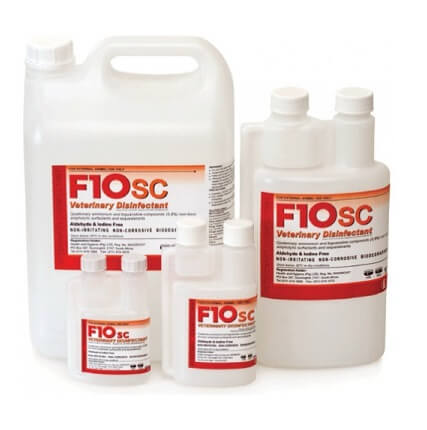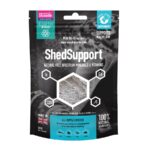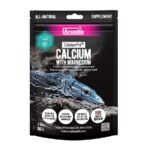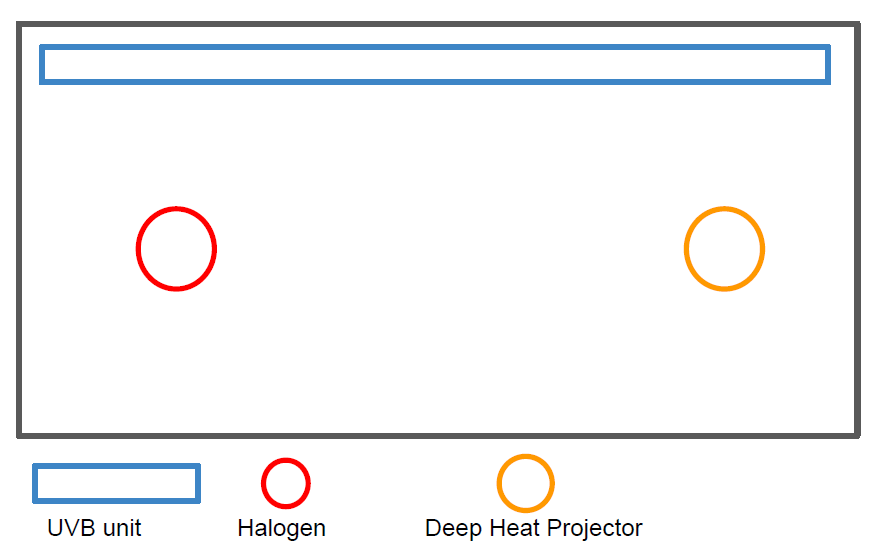Burmese Pythons
SCIENTIFIC NAME: Python bivittatus
COMMON NAME: Burmese python
ADULT SIZE: 15 to 20 feet long, up to 200 pounds
LIFE EXPECTANCY: Usually about 25 years
Burmese originated from Southeast Asia, although they have become an invasive species in Florida.
These snakes are magnificent animals with beautiful brown and black markings. They make fascinating pets for the right owner.
However, they are not suitable for beginners and are generally best left in the wild.
They are massive snakes, both expensive to keep and potentially dangerous. It’s not easy to find someone to take a giant snake if you can no longer care for it, and Burmese pythons are relatively long-lived. Giant Reptiles are one of the Hardest reptiles to help, rehabilitate and rehome. Please do your research and ensure you will keep this snake for its whole life.
Burmese Python Husbandry
Daily Chores
● Fresh water daily
● Spot clean daily
● Spray Daily (Full clean once a month)
● Use F10 Veterinary Disinfectant

Vets and Insurance
● Exotics Vets are not easy to find, here in Brighton we use Coastways in Kemptown as they have an exotic vet called Celine. It is essential you find an exotic vet.
● There is insurance you can get for your reptile through Exotic Direct.

Handling your Burmese Python
Do not handle your snake after feeding.
When handling your Snake ensure you support its body and ensure your surroundings are safe. Do not handle your snake after They need to be left alone so they can properly digest their food. Wait a minimum of 4-5 days before handling after feeding.
Handling sessions should be no longer than 45 minutes. Snakes are really curious animals and will try to fit into small spaces so never leave the snake unattended.
Always make sure there are no pets like dogs and cats around when handling your snake.
Do not put a snake around your neck.
Equipment such as Snake Hooks and Feeding tongs are needed when owning snakes.
Always use a snake hook when entering a burmese enclosure as they use heat pits to find their food and your hand is a large heat source and could confuse the snake resulting in bites.
Burmese Python Diets
Burmese pythons are usually good eaters. Hatchlings can be fed one to two times per week with mice or fuzzy rats. As the snake grows, you will gradually increase the prey size to rats and eventually, rabbits. The prey should be no larger than the width of the snake.
Adult snakes only need to be fed from every two weeks to a month. Feed often enough to maintain optimum body condition; you should not be able to see the snake’s ribs. It’s essential to be careful not to overfeed them, or you will end up with an obese snake. Signs your snake may be overweight include noticeable scale separation, sunken spine, or “fat wrinkles.”
A dish of water should always be available for both drinking and soaking. It should be changed daily or immediately if the water gets soiled.
Why can I not handle my snake after feeding?
You should never handle your snake just after they’ve eaten, as they can regurgitate their food. As you can imagine, this is even more unpleasant for your snake than it is for you who has to clean up! When your snake regurgitates their food, its esophagus will be irritated by the stomach acid that they bring up with the food. Therefore, if they regurgitate their food, you’ll need to wait for two weeks before feeding again.
How to Feed a Snake
Step 1 – Defrost the prey in hot tap water, this can be in a bucket or mug etc.
Step 2 – Leave the prey to fully defrost (roughly 30 minutes). The size of the prey will affect how long you need to defrost it for.
Step 3 – Check that they prey is soft and completely thawed out.
Step 4 – Discard of the old water, reheat the prey with fresh warm water and then dry off the prey. (This is just so you do not scare the snake with wet food.
Step 5 – Offer the prey to the snake, using feeding tongs and always offer the head to the snake.
If the snake does not take after 20 minutes, leave it in the tank on the cold side. We call this drop feeding.
12 hours later if he hasn’t taken the prey, discard of the prey and try again in a week.
Supplementing your Snakes Diet
The use of high-quality reptile supplements in the correct amounts at the correct frequencies will help to ensure optimum bone health and skin health for your reptile, and help to avoid a plethora of nutrition-related illnesses such as metabolic bone disease.
Defrosted whole animal items can be offered with EarthPro-A at every feed.
CaMg at the 4th within a cycle. For problem shedders, ShedSupport can be used as per the instructions on the packet. As snakes feed in longer periods the dose is built up per feed and over time. Please use as per the instructions on the packet.
Check out the feeding schedule using the link below https://www.arcadiareptile.com/earthpro/feeding-programme/herbivores/



Minimum rehoming Requirements for a Burmese Python
You can source all enclosures, equipment, electrics and decor from us as we run a shop.
- 8ft x 3ft x 3ft Vivarium
- Arcadia Reptile ProT5 54W 6% Kit £75
- 100W Arcadia Reptile Halogen £15
- 80W Arcadia Reptile Deep Heat Projector £21
- Dimming thermostat £55 (you will need 2 thermostats)
- Arcadia Reptile Ceramic bulb holder and plug £15 (you will need 2 bulb holders)
- Habistat Heat Cage £15 (you will need 2 cages)
- Substrate and decor is up to you. We advice a Sand X Soil mix as substrate and a minimum of 2 hides and a water dish.
When installing the electrics in your enclosure, you want to create a warm side and cooler side. The halogen and UVB create the warm side. While the ceramic provides a boost to ambient temps when needed.


